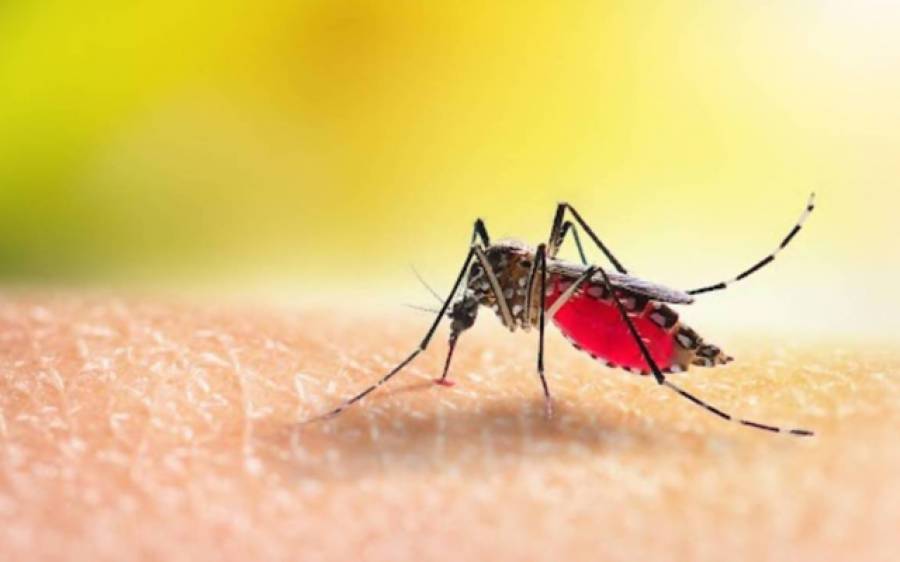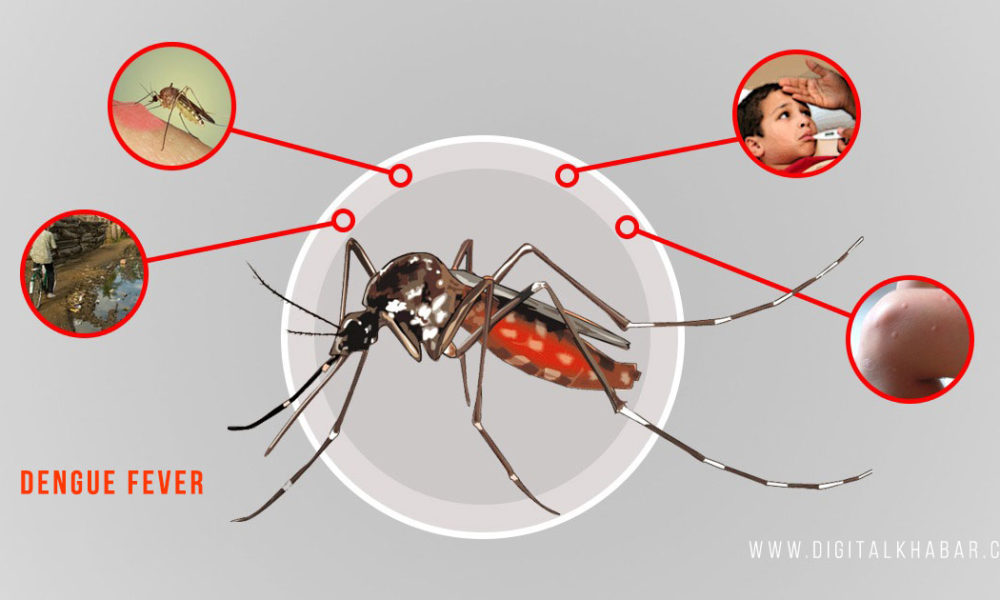26 August, KATHMANDU : After all 29 wards of Lalitpur have reported dengue over the past few weeks, the metropolitan city government recently declared the area red zones and launched a special campaign to control it.
While the disease was more common only in Lalitpur until last month, dozens of cases have been reported in Kathmandu also by now. It means the Kathmandu valley is plagued by the dengue outbreak now.
According to the data from the Epidemiology and Disease Control Division (EDCD), dengue-infected people have been found in 61 districts this year. From mid-January to July end, more than 1,100 people have been infected with dengue. However, no one has died so far.
Dengue in Nepal is not new as it has been classified as a national concern. Every year, a share of the national budget is allocated to run campaigns across the country. Yet, it has remained a problem and it seems that every year the infection rate is increasing. Why is that? What does it take to control this outbreak?

Few facts to know dengue in nepal
A doctor tests a patient for dengue at Sukraraj Tropical and Infectious Disease Hospital. Photo: Aryan Dhimal
- It spreads from the bite of an infected Aedes species (Ae. aegypti or Ae. albopictus) mosquito.
- There are four types: DENV-1, DENV-2, DENV-3 and DENV-4.
- Its incubation period is three to 10 days and it can progress from an infected person showing only a few symptoms like fever, nausea, digestive problems and fatigue to it progressing into more serious.
- There are no medicines. Infected people are treated for the symptoms they show with oral medicines to blood transfusion.
- People can recover from dengue. Given they have the right medical attention, the mortality rate drops to two per cent from 50 per cent, even in the most severe cases.
- It can be detected clinically with a blood test, rapid diagnosis test, ELISA and culture.
- An infected mosquito lays infected eggs 500-1,000 in its lifetime of around 30 days. It has a coverage area of 200 metres.
- It has been reported over 100 countries with over 40 per cent world population are at risk.








